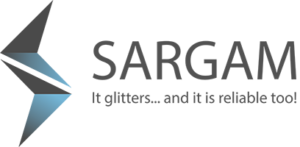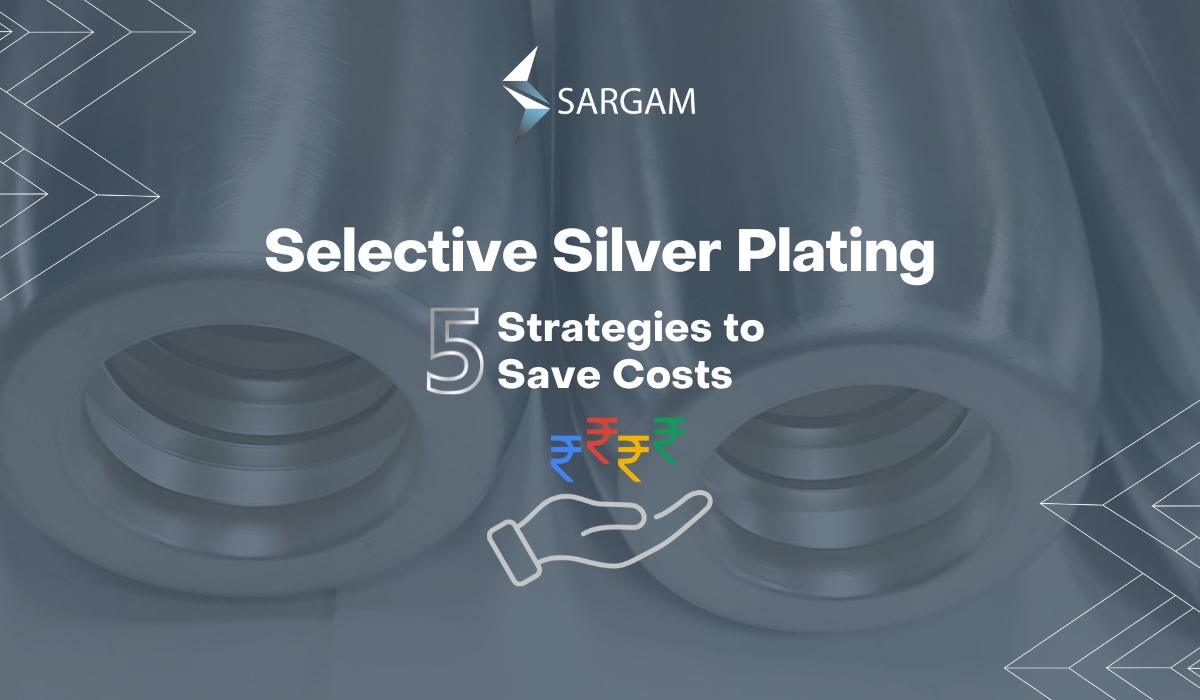What are the key obstacles faced when seeking cost-effective solutions for selective silver plating in such applications?
Selective silver plating involves depositing a thin layer of silver onto specific areas of large castings, bus bars, or complex components to provide corrosion resistance, electrical conductivity, or other desirable properties. While it can be a cost-effective solution compared to full-surface plating, achieving cost savings in this context requires addressing several challenges.
Challenges in Saving Costs in Selective Silver Plating
1. Complex Geometry:
Components with intricate profiles and complex geometries can be challenging to plate selectively. Masking or plating precisely in confined spaces may require specialized equipment and techniques, potentially increasing processing time and costs.
2. Masking and Tooling:
Developing effective masking solutions for intricate components can be time-consuming and costly. Customized masks may need to be designed and fabricated for each unique part, adding to the upfront expenses.
3. Quality Assurance:
Ensuring consistent and high-quality selective plating in complex components requires specific processes. Maintaining uniform thickness and coverage across irregular surfaces can be challenging, potentially leading to rework or rejected parts, which increase overall costs.
4. Waste Minimization:
Efficiently managing precious metal solutions and minimizing waste is critical. The selective plating process may generate more waste compared to full-surface plating due to the masking and rinsing steps, making waste treatment and disposal a significant cost consideration.
5. Bath Maintenance:
Complex parts can strain the maintenance and stability of plating baths. Monitoring and maintaining bath chemistry, temperature, and cleanliness becomes even more critical to ensure consistent results and minimize rework.
6. Material Handling:
Handling and positioning large and intricate components for selective plating can be labor-intensive and require specialized fixtures or jigs. Streamlining this process is essential to reduce labor costs.
7. Quality Control:
Rigorous quality control is necessary to verify the effectiveness of selective plating, especially on intricate components where defects may be hard to detect. Inspection and testing processes can add to the overall cost.
8. Regulatory Compliance:
Compliance with environmental regulations, particularly concerning the disposal of hazardous waste generated during the selective plating process, can lead to additional costs related to waste management and regulatory compliance.

